As strategy teams gear up for 2026 planning, the volume of available data has never been higher. But instead of creating clarity, it often breeds confusion. Reports from market analysts, internal research, competitive briefings, and customer intel flood inboxes and folders. The result? Teams are overwhelmed, decision cycles slow down, and opportunities slip by.
The solution isn’t less data—it’s better dashboards. Here are six ways top-performing organizations use strategic dashboards to turn noise into insight.
1. Centralize Scattered Insights into a Single Source of Truth
Strategy leaders waste hours chasing down information that already exists inside the enterprise. One team stores reports in SharePoint. Another in email. A third licenses analyst content that no one else knows about.
Strategic dashboards built on unified platforms bring everything together—internal documents, third-party research, news, and more. That consolidation helps teams see the full picture faster and avoid redundant work.
2. Deliver Role-Based Intelligence That Gets Read
Not every stakeholder needs the same data. A VP of Product wants different signals than an M&A lead. Yet many dashboards deliver the same feed to everyone.
With role-specific configurations, dashboards can prioritize what matters to each audience—whether it’s competitive moves, regulatory changes, or market forecasts. The result: higher engagement, fewer blind spots, and better-aligned decisions.
3. Visualize Weak Signals Before They Become Missed Opportunities
AI-enhanced dashboards help spot what human reviewers might miss: a new trial in a competitor's pipeline, subtle shifts in customer sentiment, or early warning signs of market disruption.
Dashboards that highlight outliers, trend changes, or unusual activity allow strategy teams to act before competitors do. When weak signals are surfaced visually—not buried in PDFs—they become powerful tools for foresight.
4. Track Research Usage to Maximize ROI
If your team can’t see which reports are being used, it’s nearly impossible to optimize research investments. Strategic dashboards with usage analytics show what’s read, shared, and ignored—making it easy to spot waste, duplication, or underused assets.
Dashboards also help prove ROI to leadership. Showing that syndicated research is actively informing decisions supports renewals and budget justification.
5. Align Strategy Across Functions—Without Endless Meetings
When insights live in silos, cross-functional alignment becomes a constant uphill battle. Dashboards break that cycle by giving product, R&D, marketing, and strategy teams a shared view of market signals.
Instead of trying to reconcile competing perspectives in meetings, stakeholders can align around the same curated insights—delivered in real-time, not after the fact.
6. Accelerate Time-to-Insight with Automated Summaries and Alerts
The faster your team understands the landscape, the faster they can respond. Strategic dashboards that combine AI-powered summaries, smart tagging, and real-time alerts strip hours from traditional research workflows.
Whether it’s a competitor’s pricing change or a market disruption in an emerging region, the right dashboard surfaces what matters—immediately.
Ready to See It in Action?
Dashboards aren’t just about data visualization. They’re about insight orchestration. With Northern Light’s SinglePoint platform, strategy teams unify intelligence, reduce research time, and empower faster, clearer decisions across the enterprise.
Schedule a walkthrough or explore how SinglePoint operationalizes these best practices.






